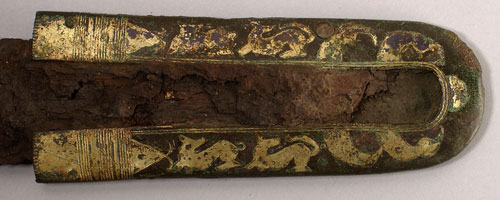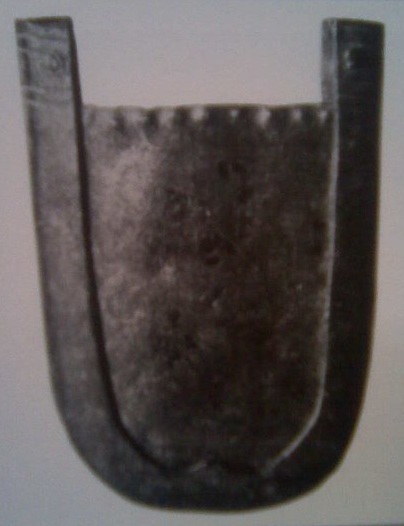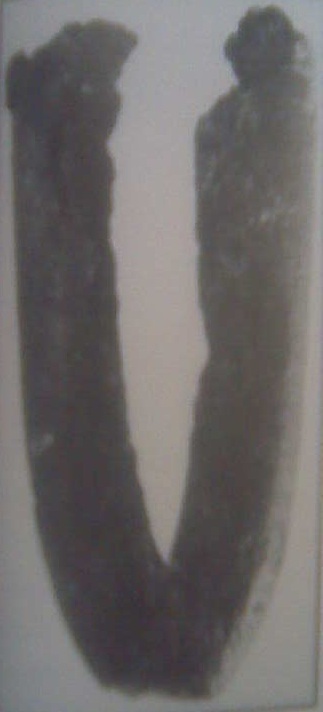Posts: 669 Location: Dinuba, CA
Tue 18 Dec, 2012 10:31 pm
Ralph, I agree with the other fellows who've spoken up regarding artwork as reliable visual sources. I've been studying Medieval armor, particularly, for nearly a decade and have seen thousands of contemporary illustrations; many of them wind up getting tossed aside because they include details that cannot be accounted for in almost any other form of reference. However, a great many illustrations provide valuable information about trends in fashion (clothing, hairstyles, colors, etc) and the form of armament and accoutrement, as well as many other everyday items that hardly survive, such as wooden tools.
As a caveat, with art it is imperative that all specific details are
cross-referenced with many other
clear examples of the same in order to get a reasonable grasp of what was likely to reflect reality. If out of a hundred illustrations showing scabbards some dozen by different artists provide examples of a certain detail it is reasonable to suspect that they are mimicking reality. Why else would so many hands draw the same, superfluous detail if it were mere convention? However, if only one of those hundred contains an anomaly, either further investigation is required to discover more instances of that unique example, or else it is good scholarly conduct to dismiss it as just that - an artistic anomaly. If art matches extant items that have been discovered, all the better! Often, being able to match at least a few items depicted in a scene to real finds may be critical clues for finding the dates of the art, or vise versa. If we have lots of known art depicting a helmet of a style which we've only dug up only one of, the art may be the more affirming evidence! Using art as a scholarly tool is far from dismissive work. Rather, it is intrinsic to the study of material history.
That being said, I'll gladly welcome the addition of artwork depicting scabbards and chapes (or those chapeless examples) in this thread. An abundance of sources can only confirm or deny the trends that we seek to understand. Here are some more examples I found. Descriptions can be read below the attachment links. Cheers!
-Gregory
 Attachment: 30.58 KB
Attachment: 30.58 KB

Chape discovered in Brighthampton, UK. The details are great, and are recognizably Norman in their influence. 12th century, most likely.
 Attachment: 138.38 KB
Attachment: 138.38 KB
Chape found at King's Lynn in 1997, UKfinds.com. Dated 12th-14th century (and agreeably so). [ Download ]


